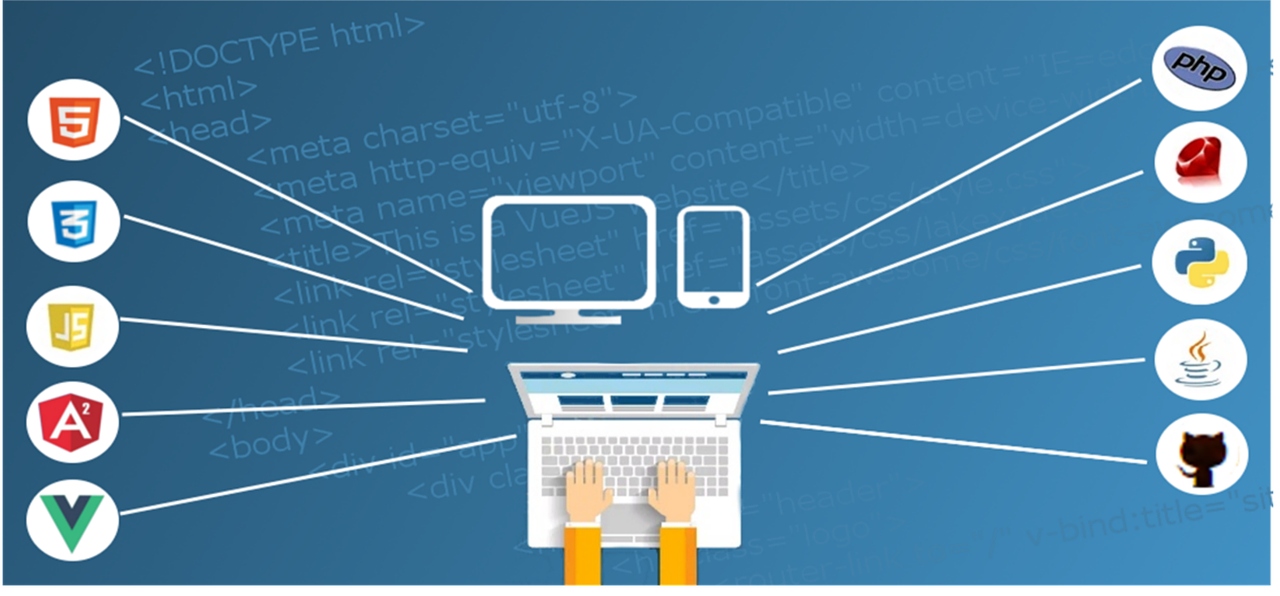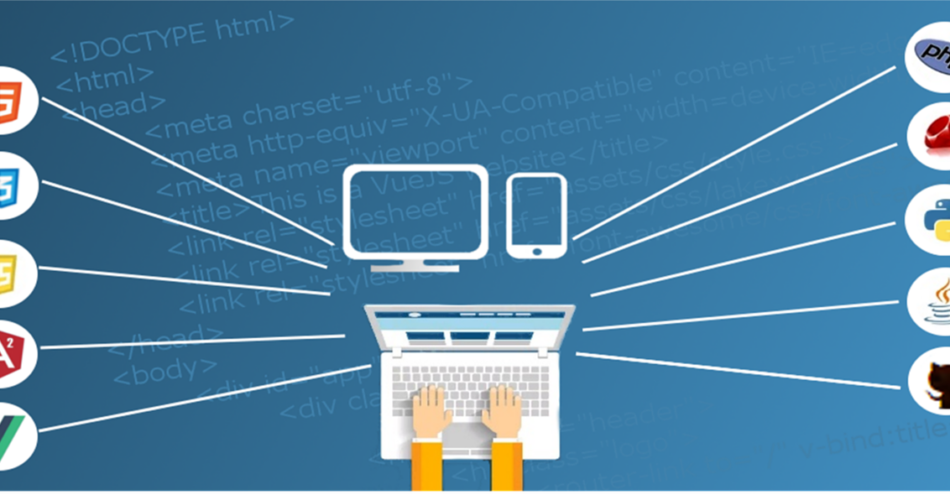You might be curious as to how long JavaScript takes. This post breaks down the learning process and provides tips for mastering this important language.
JavaScript, a client-side programming language, makes web pages and interactive web apps more dynamic. It takes approximately six to twelve weeks for you to get comfortable with the syntax and types of JavaScript.

Self-study
JavaScript can be learned in just a few weeks if you are willing to study by yourself. You have many options, such as free video tutorials and online courses.
Learning by self-study also allows you to learn at a pace that’s convenient for you. It is possible to set goals that you want to achieve. This can be a great way for you and your family stay motivated.
Another way to speed up your progress is by getting hands-on experience. It can help you improve your programming skills, and even embed these in your brain.
To do this, you can try building small projects in JavaScript, such as a calculator, a to-do list app, or a weather app. You will get a feel for what it is like to develop software and help you assess your skills. These projects will allow you to decide when to spend more time on a project, and when to concentrate your efforts elsewhere.
Bootcamps
There are a few factors that can affect how long it takes to learn JavaScript. These include your ultimate goals, how dedicated you are to learning the language, and whether you prefer self-study or coding bootcamps.
No matter which path you choose, coding can be learned and perfected over time. It is best to start small and then work your way up to mastering them.
Coding bootcamps can be a great option for new coders who are interested in building a solid foundation in the tech industry. Although these programs are shorter than traditional degrees and more affordable, they provide the foundation necessary to be able to work in a variety of top tech careers.
Online courses
There are many different ways to learn JavaScript, from online courses to self-guided reading. Choosing your method is crucial to the amount of time it takes to master the language.
Online courses can prove to be an excellent option for busy people who want to learn at their own pace. These courses can be less structured than traditional in-person classes.
Choose a course that suits your learning style, background and knowledge to ensure you learn JavaScript efficiently. You can find three types of JavaScript courses:
Theoretical – This type of course teaches you the fundamentals of JavaScript through reading, lectures and discussions. This is a great way to learn JavaScript basics for those with limited time.
Implementation
JavaScript allows for dynamic interaction in web pages through an object-oriented, interpreted programming language. It is used by a wide variety of web applications and can be embedded into web browsers or other software systems.
In addition to being a popular language, JavaScript also has several libraries that provide functionality for common tasks. Because they simplify many common tasks, these libraries are helpful for learning JavaScript.
JavaScript objects can be used to create almost everything, except some primitive values. Objects also have data and methods. In order to create an object, you must define its prototype.
However, objects are not instantiated using classes. Instead, they can be created by cloning existing objects. This can be a convenient way to avoid creating an entire class if you only need a single instance of an object. However, it can lead to some idiosyncrasies. If you try to instantiate an object which doesn’t yet exist, the result will be an undefined value.
Follow me- Pratik Pathak (@pratikpathak.exe) • Instagram photos and videos
